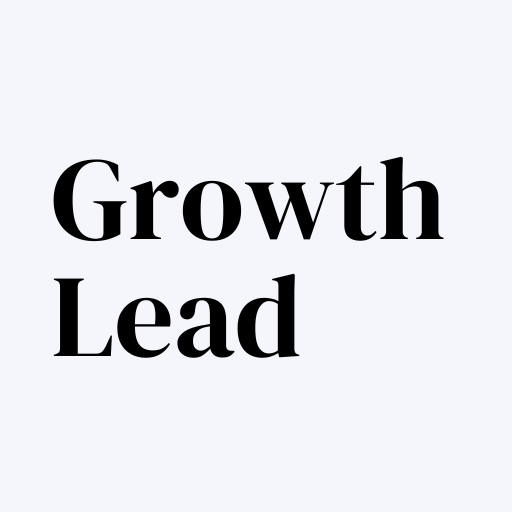5 Essential Funnel Metrics
Understanding the intricacies of your customer journey is key to unlocking growth. If you’re keen to get the lowdown on funnel metrics without wading through a sea of jargon, you’ve landed in the right place.

What’s a Funnel in Growth, Anyway?
Imagine a funnel – wide at the top and narrow at the bottom. In the growth realm, this funnel is not for liquids but for tracking potential customers’ journey as they move from first hearing about your product to becoming loyal fans. It’s about understanding how many folks start the journey and how many make it through to the end. This insight is golden, as it helps you spot where you’re losing potential customers and how you can tweak your strategies for better retention.
Key Funnel Metrics You Should Track
Diving into funnel metrics, here are the heavy hitters you should keep an eye on:
1. Awareness: Reach and Impressions
This is all about visibility. How many people are seeing your brand or product? High numbers here mean you’re doing well in making potential customers aware of what you offer.
- Reach: The number of unique individuals who see your content or ads.
- Impressions: The total number of times your content or ads are displayed, regardless of clicks or engagement.
2. Engagement: Click-Through Rate (CTR)
Now that they know you exist, are people interested enough to interact with your content or ads? A healthy CTR indicates your message resonates with your audience.
CTR = (Number of Impressions / Number of Clicks) × 100
This formula tells you the percentage of people who clicked on your content or ads out of the total number of impressions.
3. Conversion: Conversion Rate
The crux of the funnel – are people taking the desired action, such as signing up, making a purchase, or subscribing? This metric is your bread and butter, revealing the effectiveness of your funnel.
Conversion Rate = (Number of Total Visitors / Number of Conversions) × 100
A conversion can be any desired action you want the user to take, such as making a purchase, signing up for a newsletter, or downloading a whitepaper.
4. Retention: Churn Rate
It’s not just about winning customers; it’s about keeping them. A low churn rate means you’re maintaining a strong relationship with your customers, encouraging repeat business and loyalty.
Churn Rate = (Total Number of Customers at the Start of the Period / Number of Customers Lost in a Period) × 100
This metric gives you the percentage of customers you’ve lost over a specific period, indicating the health of your customer retention efforts.
5. Loyalty: Net Promoter Score (NPS)
Finally, would your customers recommend you? A high NPS is a sign of true success, indicating not just satisfaction but genuine advocacy for your brand.
NPS is calculated based on responses to the question: “On a scale of 0-10, how likely are you to recommend our product/service to a friend or colleague?”
- Promoters (score 9-10): Loyal enthusiasts who will keep buying and refer others.
- Passives (score 7-8): Satisfied but unenthusiastic customers who are vulnerable to competitive offerings.
- Detractors (score 0-6): Unhappy customers who can damage your brand through negative word-of-mouth.
NPS = (Number of Promoters − Number of Detractors / Total Number of Respondents) × 100
👉 For more key startup metrics, check out our article Core Metrics You Need To Track – Top 10 Startup KPIs
Practical Tips for Measuring Funnel Metrics
Now, let’s look at how you can effectively measure these metrics for your business:
1. Leverage Analytics Tools
Tools like Google Analytics, Mixpanel, or even specific platforms like Facebook Insights are your best friends. They can provide detailed data on your website’s traffic, engagement, and conversion rates.
2. Set Clear Goals
Before diving into data, know what success looks like for your business. Is it a 5% conversion rate? A 10% increase in customer retention? Clear goals help you measure progress effectively.
3. Segment Your Data
Not all customers are created equal. Segment your data to understand different behaviours and preferences across various groups. This can help tailor your strategies to fit each segment’s needs better.
4. Track Customer Journey
Use tools that map out the customer journey, highlighting where prospects drop off. This insight is invaluable for pinpointing areas for improvement.
5. A/B Testing
Never settle for the status quo. Use A/B testing to try out different strategies and see what works best. Small tweaks can lead to significant improvements in your funnel performance.
6. Gather Feedback
Direct feedback from customers can provide insights that raw data might not. Use surveys or feedback forms to understand the customer experience better.
7. Regularly Monitor Funnel Metrics
The digital landscape is always changing, and so are your customers’ behaviours. Regular monitoring ensures you stay on top of trends and adjust your strategies accordingly.
Wrapping Up
Understanding and optimising your funnel metrics is like having a roadmap to success. It’s not just about attracting eyeballs but nurturing them through a journey that ends in loyalty and advocacy. By focusing on key metrics, leveraging the right tools, and being willing to test and learn, you’re setting your business up for sustainable growth.
But be mindful that funnels are as unique as the businesses they serve. So, take these insights and tailor them to your context.
